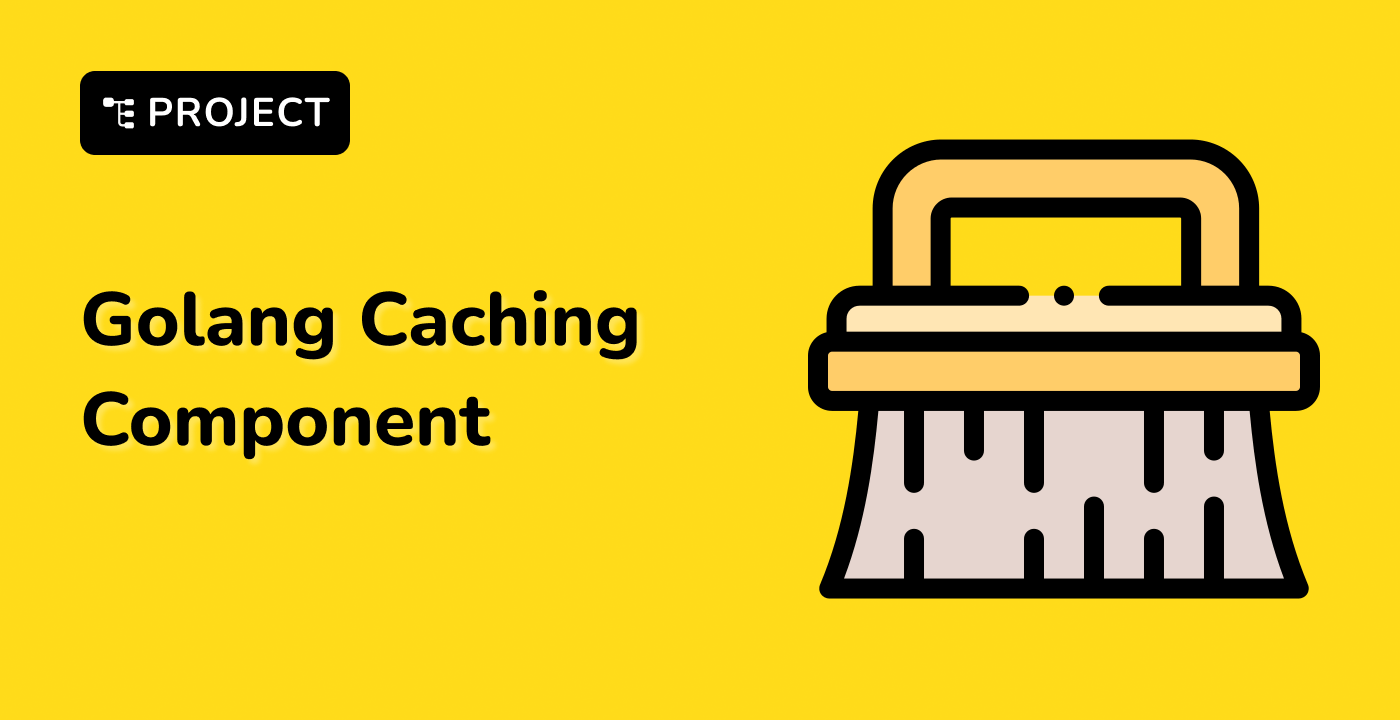Channel Fundamentals
Channels are a fundamental concept in Go programming, providing a way for goroutines to communicate with each other. Channels act as a conduit, allowing data to be sent from one goroutine and received by another.
Channel Declaration
In Go, channels are declared using the chan keyword, followed by the type of data that the channel will carry. For example, to declare a channel that carries integers, you would use chan int.
// Declare a channel that carries integers
var c chan int
Channels can be declared as either buffered or unbuffered. Unbuffered channels require a sending goroutine to be paired with a receiving goroutine, while buffered channels can hold a certain number of values before requiring a receiving goroutine.
graph LR
A[Sending Goroutine] --> B[Unbuffered Channel]
B --> C[Receiving Goroutine]
Channel Operations
The primary operations on channels are sending and receiving data. The <- operator is used to send and receive data.
// Send a value to a channel
c <- 42
// Receive a value from a channel
value := <-c
Channels can also be used to select between multiple communication operations using the select statement. This allows a goroutine to wait on multiple channels and perform the first available operation.
select {
case c1 <- x:
// value sent to c1
case x = <-c2:
// value received from c2
case <-quit:
// a quit signal was received
}
Channel Blocking
Channels can block the execution of a goroutine in certain situations. For example, if a goroutine tries to send a value to a channel that has no receiver, the goroutine will block until a receiver becomes available. Similarly, if a goroutine tries to receive a value from an empty channel, it will block until a sender becomes available.
Understanding channel blocking is crucial for writing efficient and concurrent Go programs.




